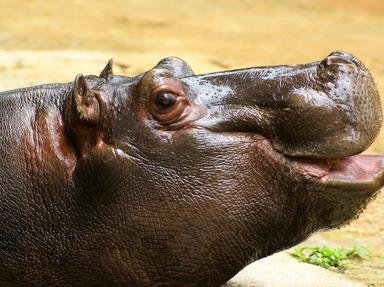Quiz Answer Key and Fun Facts
1. These animals were suspected of spreading the virus during the polio epidemics of the 20th century, but they later were instrumental in developing a treatment for the disease. Which animals are they?
2. By the early 20th century, these animals had been eradicated from many parts of the western United States, including Yellowstone National Park, but in the late 20th century, they were successfully reintroduced. Which animals are they?
3. Poor Perky had a really bad day. She was shot, dragged by a dog and put in a refrigerator, but miraculously she survived. What type of animal was she?
4. Thousands of these animals were killed when they were blamed for being the source for the disease SARS, but they were later found to make great coffee. Which animals are they?
5. Criticism of the use of animals in these places had been levied for many years, and in 2009, Bolivia reportedly became the first nation to ban their use. What type of animals are they?
6. These primates are only native to a few islands and are among the most endangered animals in the world, but thanks to a silly-walking Englishman, programs have been established to shore up the native population with captivity-bred animals. What animals are they?
7. Some species of these animals were hunted to near extinction in the 20th century, but thanks to mid-century conservation efforts and a 1986 international moratorium on hunting them, their numbers have recovered. Which animals are they?
8. The last breeding ground in the United States for these birds was threatened by excessive hunting at the beginning of the 1900s, but thanks to the efforts of a local resident, President Theodore Roosevelt established the area as the first wildlife refuge in the U.S. Which birds are they?
9. The local population of this primate was near extinction during World War II, but thanks to the efforts of Prime Minister Winston Churchill, their numbers recovered. Which animals are they?
10. Oscar faced a bleak future in an animal shelter, but after being adopted by the staff of a nursing home, his "grim reaper" skills made him famous in a medical journal. What type of animal was he?
Source: Author
PDAZ
This quiz was reviewed by FunTrivia editor
crisw before going online.
Any errors found in FunTrivia content are routinely corrected through our feedback system.

